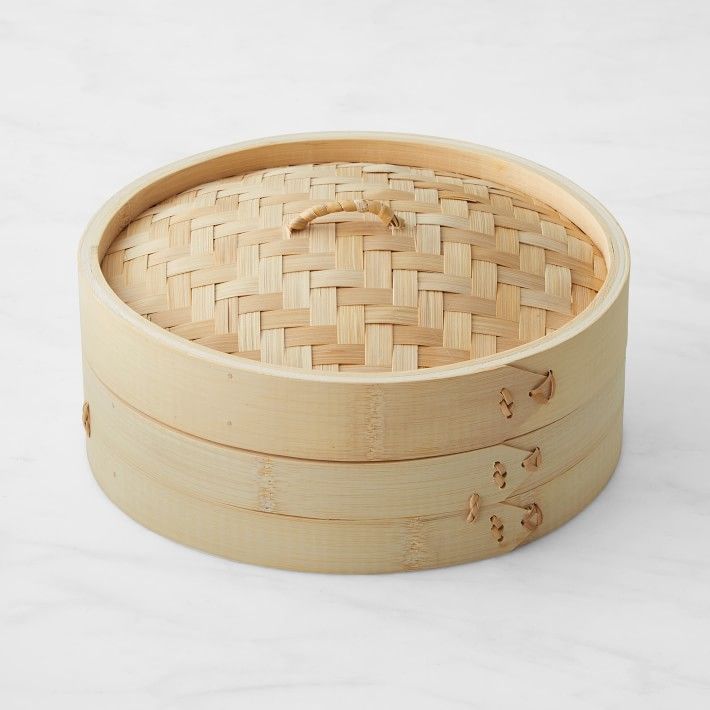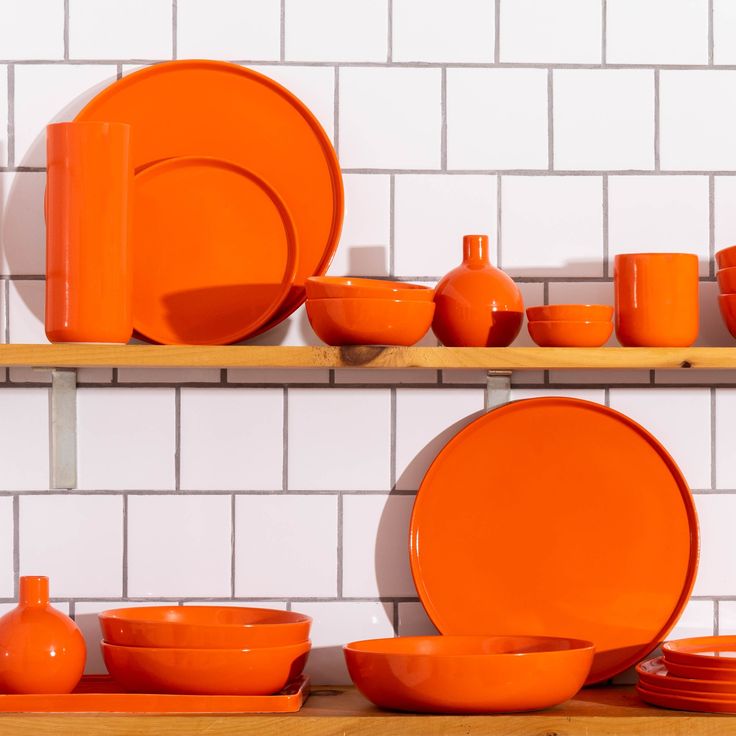Speckled cookware has become a popular choice in kitchens around the world, celebrated for its unique aesthetic and practical benefits. This distinctive type of cookware is characterized by its spotted appearance, which not only adds flair to your kitchen but also offers a multitude of features that make cooking an enjoyable experience. In this article, we will delve into the history, types, benefits, care, and uses of speckled cookware, showcasing why it should be a staple in both home and professional kitchens.
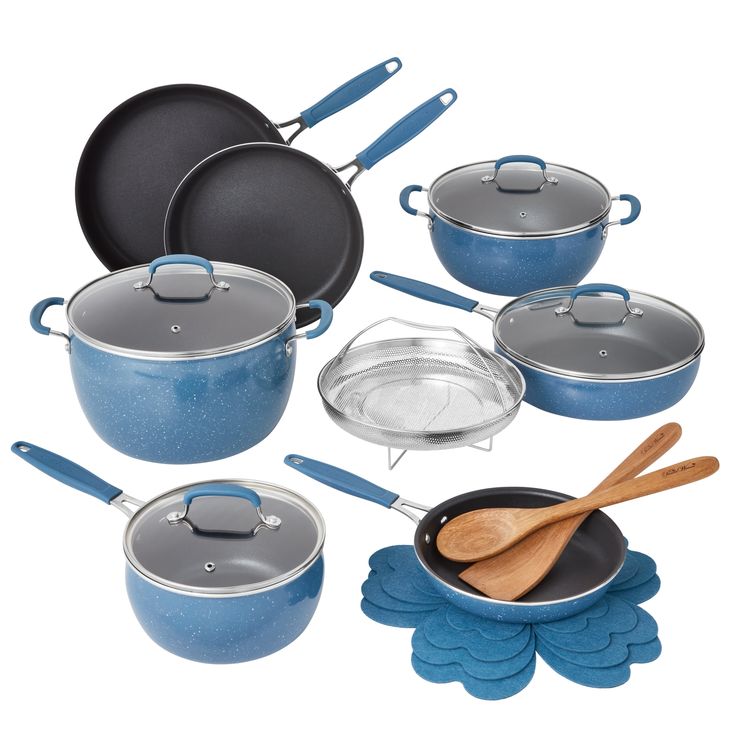
The History of Speckled Cookware
The origins of speckled cookware can be traced back to various cultural influences. Traditionally, cookware design evolved from practical needs. While the exact timeline for speckled cookware is unclear, the use of enameled cast iron has been prominent since the 19th century. As artisans began experimenting with color and texture, the concept of creating visually distinctive pieces emerged.
In the United States, speckled enamel cookware gained popularity in the mid-20th century, particularly among campers and outdoor enthusiasts. The speckled finish, typically made from porcelain enamel applied over metal, became famous for its durability and ease of cleaning. Over the years, manufacturers expanded their designs and materials, leading to a variety of speckled cooking utensil options available today.
Types of Speckled Cookware
Speckled cookware comes in various materials, each with its distinct characteristics and uses. Here are some of the most common types:
1. Enameled Cast Iron
Enameled cast iron cookware is well-known for its exceptional heat retention and distribution. The speckled enamel surface not only adds to its visual charm but also protects the cast iron from rust and reacting with acidic foods. This type of cookware is perfect for slow-cooking soups, stews, and braises. Popular brands like Le Creuset and Staub offer enameled cast iron in various colors and speckled patterns.
2. Non-Stick Aluminum
Non-stick aluminum cookware with a speckled finish is lightweight and easy to maneuver. The non-stick surface allows for healthy cooking with minimal oil, making it ideal for those who prefer a lower-fat diet. These pans heat up quickly and are perfect for sautéing, frying, and scrambling. Brands such as T-fal and Calphalon offer a range of non-stick speckled cookware options.
3. Ceramic Cookware
Ceramic cookware often features a speckled glaze that provides a unique appearance. It is known for being eco-friendly and having excellent heat distribution properties. Ceramic cookware is generally free of harmful chemicals and offers a non-toxic cooking surface. Overnight cooking and baking are popular uses for ceramic speckled pieces.
4. Stoneware
Speckled stoneware cookware is sturdy and typically used for baking or serving. Stoneware retains heat well, making it suitable for dishes like casseroles and baked goods. The speckled glaze adds a rustic aesthetic, making stoneware pieces attractive enough to go from oven to table.
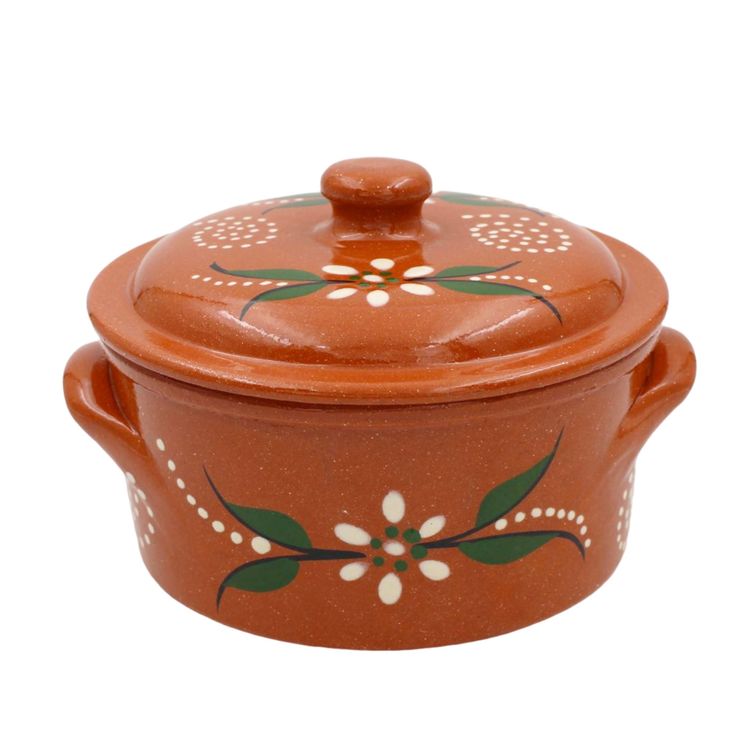
Benefits of Using Patterned Cookware
Speckled cookware offers several advantages that make it a valuable addition to any kitchen. Here are some notable benefits:
1. Visual Appeal
One of the most obvious benefits of speckled cooking utensil is its eye-catching design. The decorative speckles can enhance the presentation of your kitchen, making cooking feel like a more vibrant and enjoyable experience. The colorful designs can also complement your kitchen decor, adding a personal touch.
2. Durability
Many speckled cookware options, such as enameled cast iron and stoneware, are renowned for their durability. With proper care, these pieces can last for years, or even decades. The enamel coating on cast iron prevents rusting, while ceramic and stoneware are less prone to chipping than standard ceramics.
3. Versatility
Speckled cookware is versatile and can typically be used for a range of cooking methods, including baking, frying, and roasting. This adaptability allows you to transition seamlessly from stovetop to oven, reducing the number of cookware pieces you need to purchase.
4. Non-Stick Properties
Many speckled cooking utensil options feature non-stick surfaces that make cooking and cleaning a breeze. They require less oil, promoting healthier cooking methods and reducing food waste. This feature is particularly appealing for those looking to prepare healthier meals without compromising on flavor.
5. Easy Cleanup
Cleaning speckled cookware is often easier than traditional cookware. The non-stick surfaces prevent food from sticking, and most pieces can be washed easily by hand or in the dishwasher. This convenience saves time, especially after a long day in the kitchen.
How to Care for Speckled Cooking Utensils
Proper care is essential to prolong the life of your speckled cookware. Here are some tips for maintaining it:
1. Avoid High Heat
While patterned cookware is designed to withstand heat, excessive high temperatures can damage the non-stick coating or cause the enamel to crack. Use medium heat when cooking and avoid preheating an empty pan.
2. Use Appropriate Utensils
Avoid using metal utensils, which can scratch and damage non-stick surfaces. Instead, opt for silicone, wood, or plastic utensils. These materials are gentler on your cookware and will help preserve the speckled finish.
3. Hand Washing Recommended
Although many patterned cookware pieces are labeled as dishwasher safe, hand washing is recommended. Use mild soap and a soft sponge to gently clean the surface. For enameled cast iron, avoid abrasive cleaners to maintain its shine.
4. Dry Thoroughly
After washing your cookware, make sure to dry it thoroughly to prevent moisture from accumulating. This is especially important for cast iron pieces to avoid rusting.
5. Store Properly
When storing your speckled cookware, avoid stacking heavier items on top to prevent scratches and dents. If stacking is necessary, place a cloth between the pieces to protect the surfaces.
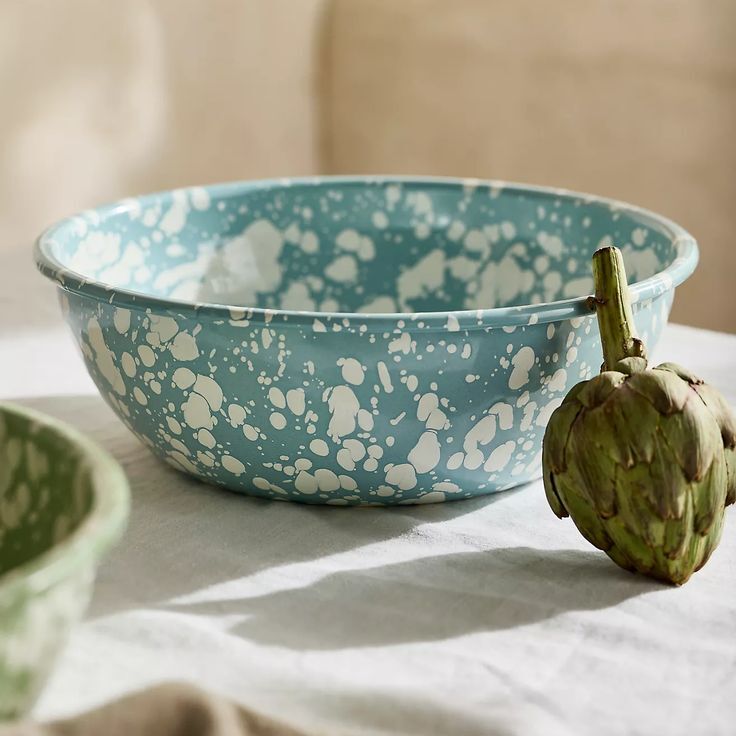
Versatile Uses of Patterned Cookware
Speckled cookware is incredibly versatile and can be employed in various cooking techniques and culinary applications. Its unique design and functionality make it a valuable addition to any kitchen. Here are some popular uses for this stylish cookware:
1. Baking
Speckled bakeware, such as casserole dishes and baking pans, is perfect for preparing a range of delicious meals and treats. Whether you are making lasagna, brownies, or casseroles, this bakeware ensures even heat distribution throughout the cooking process. As a result, your baked goods will cook uniformly, providing excellent texture and flavor every time.
2. Cooking on the Stovetop
Speckled frying pans and sauté pans are excellent choices for various stovetop dishes. Whether you’re frying eggs, sautéing vegetables, or preparing stir-fries, speckled cookware retains heat efficiently. The optimal heat distribution allows for quick cooking and easy food release, making it ideal for everyday cooking.
3. Roasting
Speckled roasting pans are specifically designed for roasting meats and vegetables to perfection. Their durable nature allows for high-temperature roasting, which is essential for achieving beautifully caramelized and flavorful results. Using patterned cookware for roasting will elevate your culinary skills in no time.
4. Serving
The aesthetic appeal of speckled cookware also makes it suitable for serving meals at the table. Many pieces, particularly those made of stoneware, can easily transition from the oven to the dinner table. This seamless transition allows for effortless presentation, enhancing your dining experience.
5. Outdoor Cooking
Thanks to its durability and resistance to chipping, patterned cookware is an excellent choice for outdoor cooking. Whether you’re camping, grilling, or enjoying a picnic, this reliable cookware can handle the demands of culinary adventures in the great outdoors.
In summary, the versatility of speckled cookware makes it a fantastic choice for any cooking enthusiast—whether at home or out in nature!
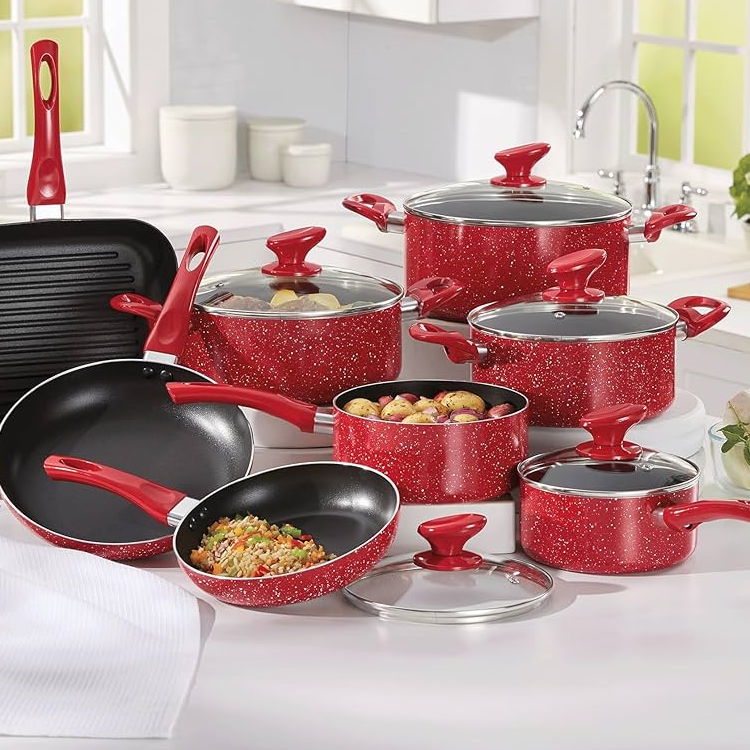
Environmental Considerations
As consumers become more environmentally aware, the materials used in cookware play a growing role in purchasing decisions. Speckled cookware offers several eco-friendly benefits:
1. Eco-Friendly Materials
Many types of patterned cookware, such as ceramic and stoneware, are made from natural materials. This makes them a sustainable choice compared to plastic or synthetic cookware.
2. Longevity
Investing in high-quality patterned cookware means you will need to replace it less often. This promotes sustainability by reducing waste in landfills and minimizing the environmental impact associated with manufacturing new cookware.
3. Health Benefits
Speckled cookware, especially when made from ceramic or enameled cast iron, is often free of harmful chemicals such as PFOA and PTFE. This is better for both your health and the environment.
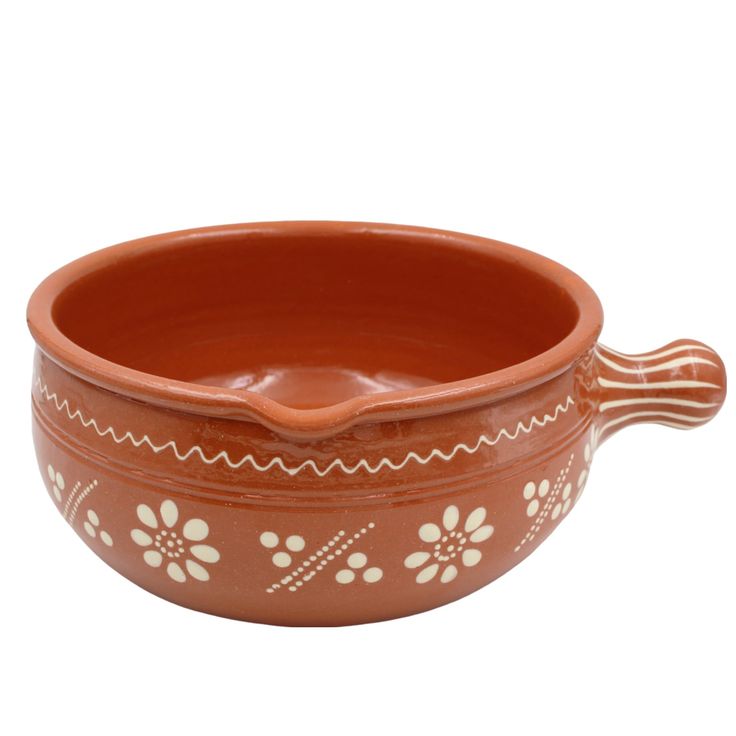
Conclusion
In conclusion, speckled cookware provides a unique and practical addition to modern kitchens. With its rich history and diverse types, it offers an array of benefits, including durability, versatility, and visual appeal. Whether you are looking to bake, sauté, roast, or serve, speckled cookware can meet all your culinary needs.
By properly caring for your speckled pots and pans, you can ensure they remain beautiful and functional for years to come. Furthermore, their environmentally friendly attributes make them a smart choice for anyone looking to make sustainable purchases in their kitchen.
With its combination of style and function, patterned cookware is more than just a decorative item; it is a valuable asset that can elevate your cooking experience. Whether you’re a seasoned chef or a home cook, consider adding speckled cookware to your culinary collection to enjoy both its aesthetic and practical advantages.
